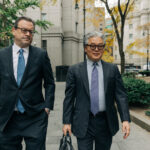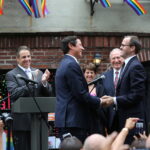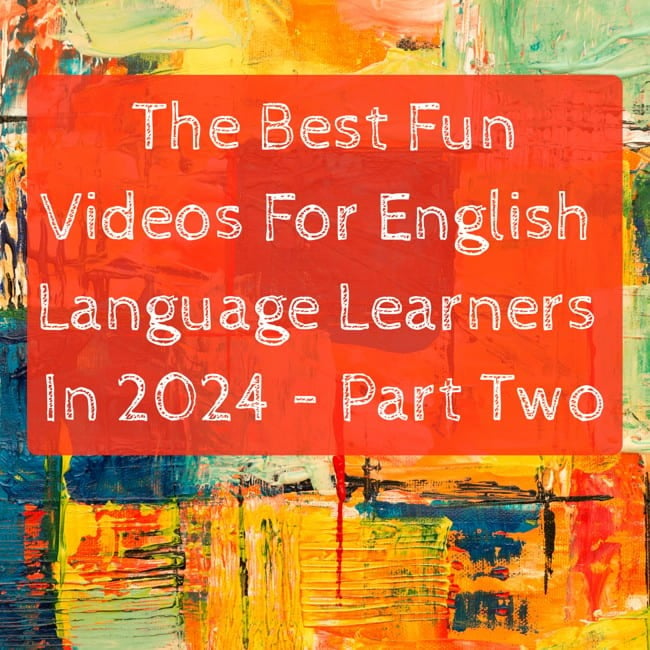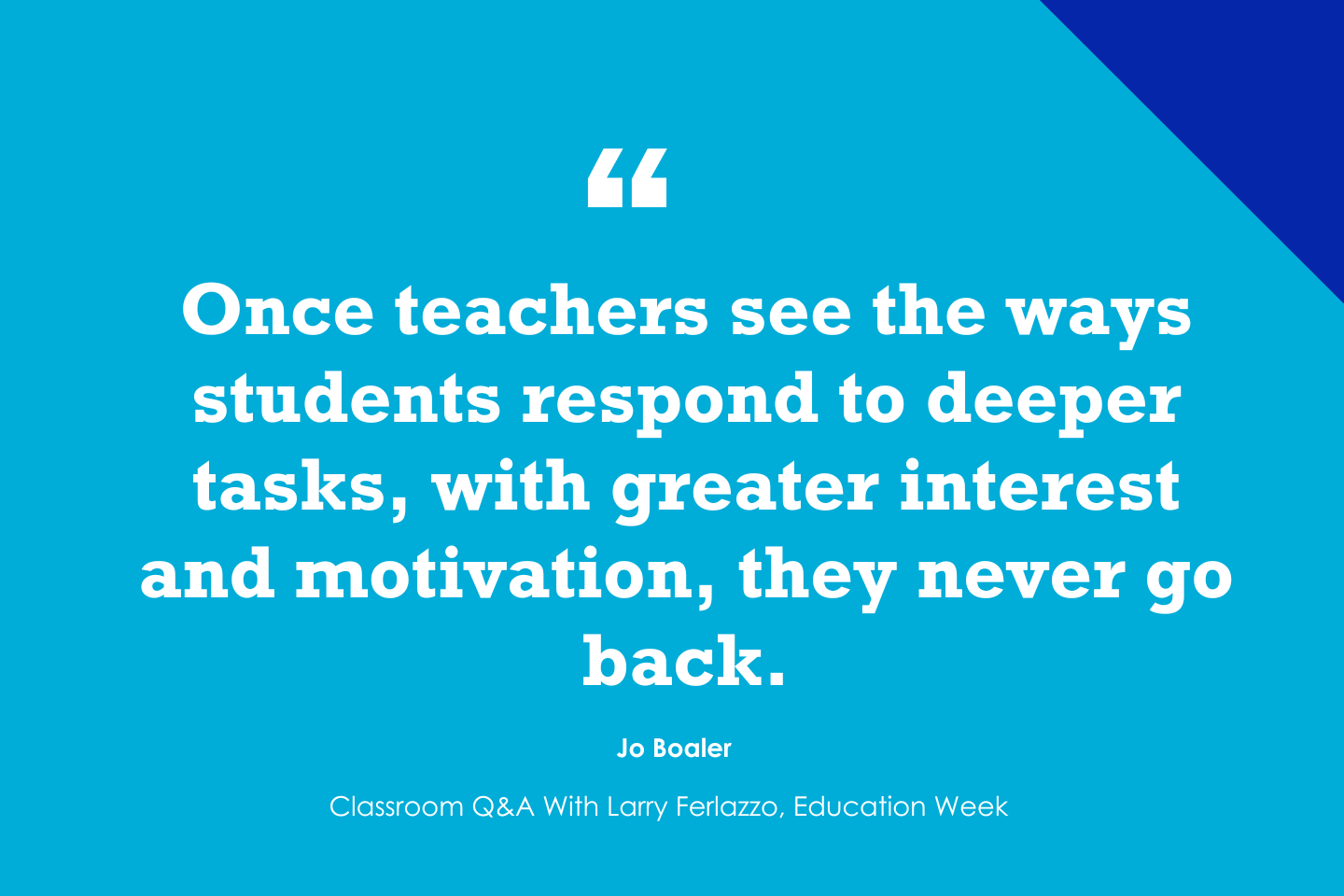At the beginning of 2022, we attended a rowing class. If you’ve been to a cycling class, you know the feeling – dynamic lighting, loud music, fans, fans, and more fans. This was out of our comfort zone as gyms are not typically places where we find comfort or inspiration. This class, however, was a bit different. Each machine had data on it like a usual bike, but the screens at the front of the room showed the data of the whole room, combined.
“Alright, we’re going for 10,000 meters in the next 4 minutes! Give it everything you’ve got!”
As if competing (or Vikings), everyone in the room pushed harder, fans were whirling, and slowly but surely, the number on the screen began to climb. Nobody was getting spotlit for doing more than their fair share, and no one was getting critiqued for doing less, but we all saw the goal and knew that we were playing a part.
This is a small example but a potent one.
Think about how different this is from standard assessments and demonstrations of learning in school. There are some places (music, theatre, team sports) where the experience embraces a more collective demonstration of skills, but this ethos rarely makes its way into classrooms or even into the fabric of what we tell young people to know and do.
We are at a global moment where challenges can rarely be solved alone. Each of us has a moral reckoning with ourselves, our local and global communities, and the environment. This will not happen by accident, it must be intentional. In the words of Tom Vander Ark, “The future is diverse teams working with smart tools and complex problems. ”To do that, we must radically rethink our relationship with the individual and the collective.
In our conversations over the years, we’ve framed this as “contribution” and “difference making,” learning approaches that require learners to think about their real-world impact on their community. Fundamentally, this is purpose-driven work.
Personalized Portraits within a Community
Our recent publication, The Portrait Model, serves as a valuable resource for educators and edleaders to take a critical look at themselves, their schools, and their community and ensure that the visions are aligned such that they reinforce and sustain each other. We advocate for the following process:
“To facilitate and empower leaders in this transformative journey, we start with a comprehensive visioning and strategic process that revolves around five interconnected and dynamic portraits: the Portrait of a Learner, the Portrait of a System, the Portrait of a Leader, the Portrait of an Educator and a Self-Portrait. The framework’s interrelated and adaptable elements have interconnected and discrete competencies. Done in an intentional order of Learner, System, Educator, Leader, then Self, the resulting framework provides clear guidance and transparency to the redesign process.”
Across the nation, we witness the creation of Portraits of a Graduate created by states, districts, networks, and individual schools, often stacked on top of each other (i.e. a state has a portrait, a district has a portrait that iterates on it, etc.). This model of personalization allows leaders to better cater to their community while aligning with the broader goals and initiatives of the state, decreasing friction and increasing access to opportunity.
Collective Assessment
Moving beyond the school level, every learner and leader must investigate their own portrait, identifying how they plan to contribute.
“Centering the entire system is understanding self. The “Self-Portrait” process provides opportunities for learners to articulate goal-setting, strength evaluations, description of learning preferences, well-being, hope, social network, etc. While technology solutions like Thrively, Unrulr, and AYO allow learners to capture their portraits, simple systems can be created to capture the Self-Portrait portfolio over time using journaling, documents, or websites.”
As we explore collective assessment and personalized graduate portraits, we are starting on a path that goes beyond the conventional norms of education. The rowing class example serves as a metaphorical paddle of a future where collaborative efforts, communal goals, and shared accomplishments become the norm. However, as each rower contributes to the overall distance covered, learners and leaders must navigate their unique roles within the broader community. The Portrait process becomes a compass, guiding us to articulate our aspirations, strengths, and contributions while fitting into the collective narrative.
Assessment as Revelation, Not Destination
The post The Productive Tension of the Me and the We appeared first on Getting Smart.
Explore collective assessment and personalized graduate portraits to go beyond the conventional norms of education.
The post The Productive Tension of the Me and the We appeared first on Getting Smart. Leadership, Learner-Centered, Personalized Learning, Assessment, collaboration, community, guidance and support Getting Smart









